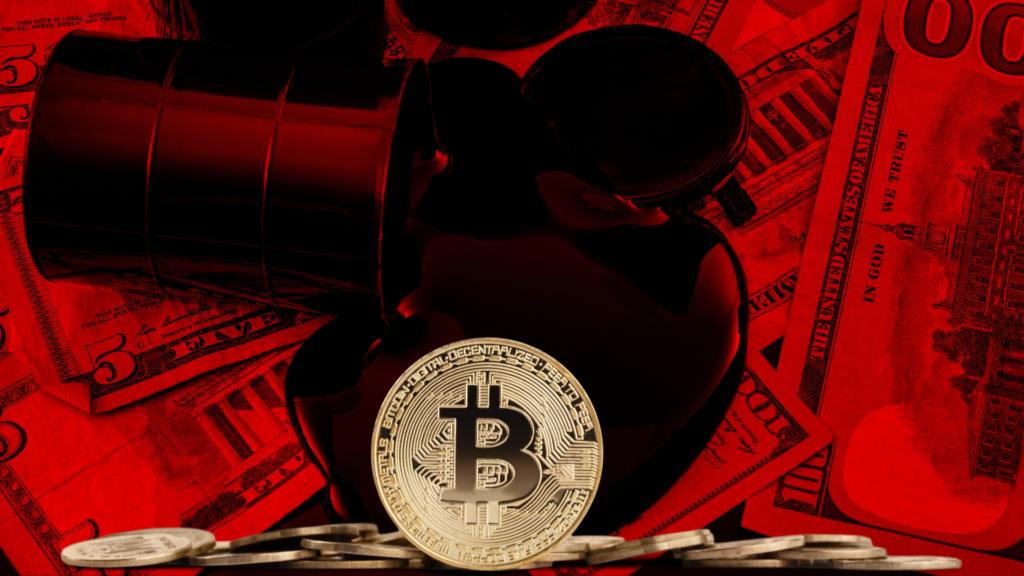
In recent years, we’ve seen an increasing interest in the petrodollar’s role in the global economy. The petrodollar system, which began around 1973, refers to the almost universal use of U.S. dollars to denominate and often settle worldwide oil trades. This system is one aspect of the broader role of the dollar as a global reserve currency, offering the U.S. what has been referred to as an “exorbitant privilege”.
Recently, however, concerns about the petrodollar system have been rising, especially over the past six months. Oil-producing nations like Russia and Saudi Arabia have signaled their intent to break from this system. In March, Saudi Arabia and China were reported to be accelerating talks to price and settle oil contracts in Yuan via a Shanghai petroleum exchange. India has also reportedly settled some Russian oil purchases in rubles and dirham, the currency of the United Arab Emirates. This has sparked worries about the future of the dollar and U.S. financial dominance1.
Yet, these tensions within the petrodollar system may not be as severe as they seem. There’s an argument to be made that no other national fiat currency is positioned to replace the role of the dollar. The yen, yuan, ruble, and euro each have their own individual shortcomings. This deadlock could potentially pave the way for a truly neutral, global currency not subject to politicized manipulation by a single issuer, like Bitcoin1.
The origins of the petrodollar system are often misunderstood. Some see it as a conspiracy born from a secret arms-for-debt financing deal between the Nixon administration and Saudi Arabia. However, according to economic historian David Spiro, this is not the case. The petrodollar system emerged not from a conspiracy but from the need to address a global trade imbalance and potential instability. As the price of oil rose in the 1970s, oil exporters began to amass huge trade surpluses. The U.S. helped guide these surplus funds back into the global capital system to prevent a potential seizure and collapse of credit markets1.
Simon, the then U.S. Treasury Secretary, even offered the Saudis a secretive way to bid on U.S. Treasury bonds, known as the “add-on” system, which allowed the Saudi’s purchases to be kept secret. This was reportedly necessary as the U.S. was violating a trade agreement with Europe by securing Saudi capital through a bilateral deal1.
Though some experts believe that the Saudi-U.S. deal also included an unrecorded agreement for the U.S. to aid in Saudi defense, Spiro argues that this deal was more about America using political and military leverage to maintain economic hegemony. Another school of thought, the “institutionalist” view, posits that dollar assets were appealing places to put capital, and the petrodollar system emerged because of these market forces, not U.S. power1.
Understanding the petrodollar system’s origins is essential because it helps us understand its future. If U.S. political maneuvering was key to where petrodollar surpluses were invested, it should be relatively simple to escape the petrodollar system through similar political deals. However, if market forces are the main factor pushing oil surplaces into dollar assets, and in turn maintaining the dollar’s reserve status, it’s far less simple to change the system1.
Join Our Newsletter
Subscribe to receive our latest updates in your inbox!
